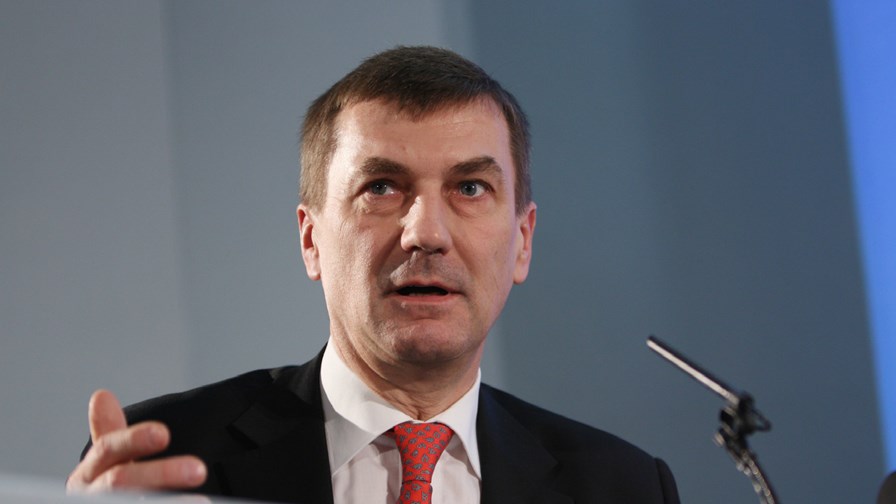
via Flickr © Foreign and Commonwealth Office (CC BY 2.0)
- Broadcasting keeps sub 700 MHz
- ‘Coordination’ follows on from decisions made at recent ITU radio conference
- Process to be completed by 2022 at the latest
After years of documents, speeches, and conference addresses on the need to build a single digital market in Europe, the European Commission has today made an important step towards what many regard as the single market’s most important precondition - at least from a telecoms point of view: spectrum harmonization so that devices can be moved (and applications maintained) across borders.
Today it’s presented a proposal to coordinate the use of the 700 MHz band across the European Union to make it available to mobile operators. In particular, it hopes the spectrum will eventually help foster next generation 5G mobile via ‘special services’ able to do demanding things like controlling autonomous cars, connecting health monitoring equipment and so on
At present the 700 MHz (694 - 790 MHz) band is mostly occupied by TV channels in Europe, including the UK. The idea is that the Commission will ‘coordinate’ the reshuffling of what are now digital TV channels into the 600 MHz band below, Europe-wide, and then oversee the establishment of service and network interworking. That whole process is aimed to be completed by 2020 just in time to be on-hand to support the introduction of 5G which is expected to be firing up in anger in Europe in around 2022.
The identification and eventual conversion of 700 MHz to mobile has been on the global policy agenda for some time. In many countries it is already being used for mobile and in the UK Ofcom has been a strong supporter of the move within the EU. The catalyst for the EU announcement today was the ITU’s World Radiocommunication Conference late last year which allocated the 700MHz band to mobile and set the scene for countries to clear the band in readiness for 5G.
According to Andrus Ansip, Vice-President for the Digital Single Market, in a statement released today, “Twenty eight different approaches to manage radio frequencies in the EU do not make economic sense in the Digital Single Market. [The 700MHz] band is the sweet spot for both wide coverage and high speeds. It will give top-quality internet access to all Europeans, even in rural areas, and pave the way for 5G, the next generation of communication network.”
The proposal sets out a Europe-wide schedule for harmonising technical conditions, and related coordination measures. The desired outcome is that 700 MHz band should be assigned to wireless broadband by 30 June 2020 at the latest in all EU countries.
So the member states will need to adopt and make public their national plans for network coverage and for releasing this band by 30 June 2017. They will then need to conclude cross-border coordination agreements by the end of 2017 to smooth the transition and ensure good network coverage, Europe-wide, for connected vehicles or for remote health care.
Now the Commission needs to get its proposals through the European Parliament and is anxious to reassure anyone who might be listening that there won’t be any losers with the allocation. The idea is to provide more spectrum for mobile broadband in the 700 MHz band while at the same time preserving the European audiovisual model [TV] which offers free-to-view public interest broadcasting and requires sustainable spectrum in the sub-700 MHz band (470-694 MHz).
Email Newsletters
Sign up to receive TelecomTV's top news and videos, plus exclusive subscriber-only content direct to your inbox.




